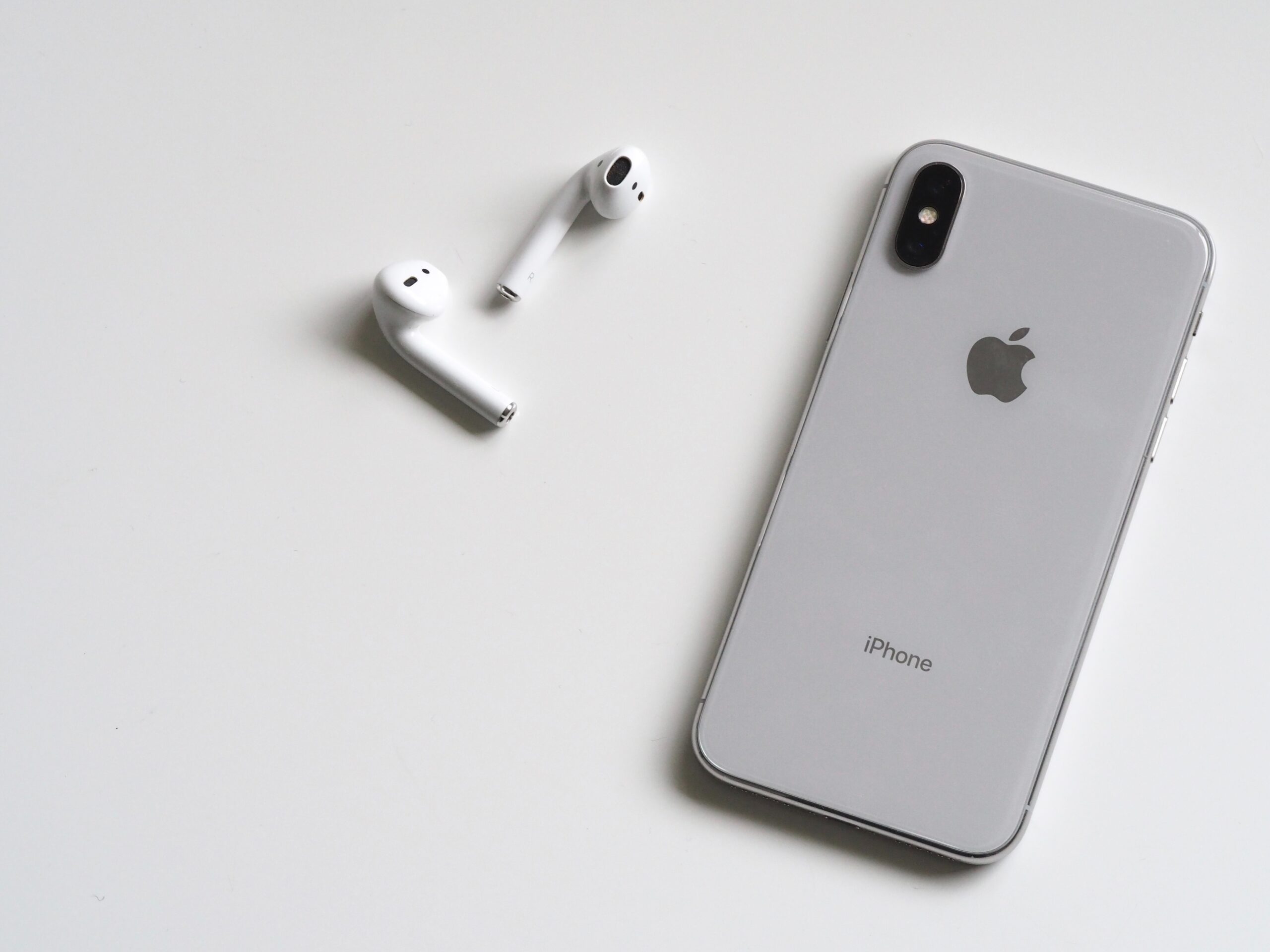“Historic Day” for Apple Computers With New COVID-Era Updates
Keeping up with the iPhone.

The stagnation of Apple’s smartphone technology design has been attributed to the death of Steve Jobs, but what is most likely is that the explosive growth of iOS technology and innovation could not keep pace with itself—or that our needs had been met, and anything more would be gratuitous. It is worth mentioning that the GPU of iPhone has increased 100-fold since the first model. Human behaviour wasn’t changing enough to justify leaps, but has COVID changed that?
Today, Apple announced the features of iOS 14 in its WWDC 2020 keynote presentation. The announcements covered new software developments for iPhone, iPad, Apple Watch, and Apple computers.
Fans of its products may be excited to hear that Apple has officially announced the move away from Intel processors toward its own Apple Silicon processing hardware, with boosted capabilities for programs like Photoshop and Final Cut Pro. The chip allows further integration between all Apple apps and projects.
As people are more and more online and using platforms to reforge community and business, other applications have risen to the task, leaving Apple’s lukewarm changes wanting. Apple’s teams seem to be responding to this deficit with some common sense updates that are focused on the needs of users, unlike some other developments (I’m looking at you, the space where an aux jack should be). Everything from a handwashing coach on Apple Watch to assurances for security was discussed.
The updates are centred around a consideration of user experience. The layout of apps has been updated with an App Library that offboards and condenses icons automatically in folders. New widget formats give richer data and can be floated onto the home screen in various sizes and configurations, and a smart stack displays the data from widgets that are applicable at different times, like showing news headlines directly in the morning. Some of the most exciting updates are the ones for maps that include cycling directions and EV-oriented routes.

Other iPhone iOS updates include:
A new translation app that is phrase-based and usable offline
Updates to Siri based on 25 billion siri requests (yikes!)
New “Memojis”
Pinned conversations and inline messages
Digital car keys
Streamlined app use called App Clips that allow for app usage without full downloads
The updates for the iPad were decidedly lukewarm, with a focus on iPad-only apps and new usability for the Apple Pen.
Other updates include
Spatial audio for Air Buds
A handwashing coach for Apple Watch
Dancing options for Apple Fitness
On-device intelligence for data
Improved security for cameras and recording
Following Amazon and Netflix, Apple TV announced an original adaptation of Isaac Asimov’s famous Foundation series.
Updates to macOS include the release of macOS Big Sur, which, like the rest of the updates, are primarily cosmetic as well as a strange comment on the industry’s tendency to rip off macOS designs and concepts. A control centre that resembles that used in the iPhone and iPad have been added in OS Big Sur. Other updates to apps like Catalyst were foregrounded in the presentation. For the tab-crazy, the new design also features tab management.
Apple says the shift to Apple Silicon is the biggest advance since macOS X. Better graphic performance, neural engines, and improved power consumption.
Apple expects a two-year transition to Apple Silicon for customers, with Silicon bearing devices available at the end of the year for the first time, and that all of the iOS updates will be available by the fall.
________
Never miss a story. Sign up for NUVO’s weekly newsletter here.








